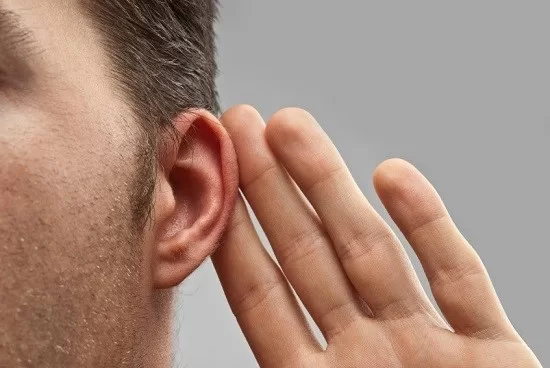To state that hearing loss is prevalent is a bit of an understatement. In the US, 48 million people describe some amount of hearing loss. As a result,, on average, for every five people you encounter, one will have hearing loss. And at the age of 65, it’s one out of three.
With odds like this, how can you avoid becoming one of those five?
To help you understand how to preserve healthier hearing throughout your life, we’ll take a closer look at the causes and types of hearing loss in this week’s blog.
How Healthy Hearing Works
Hearing loss is the interruption of normal hearing, so an appropriate place to get started is with a familiarity of how normal hearing is intended to work.
You can picture normal hearing as composed of three primary processes:
1. The physical and mechanical transmission of sound waves. Sound waves are produced in the environment and travel through the air, like ripples in a lake, eventually making their way to the external ear, through the ear canal, and ultimately hitting the eardrum. The vibrations from the eardrum are then transmitted to the middle ear bones, which then stimulate the tiny nerve cells of the cochlea, the snail-shaped organ of the inner ear.
2. The electrical transmission from the inner ear to the brain. The cochlea, once activated, converts the vibrations into electrical impulses that are sent via the auditory nerve to the brain.
3. The perception of sound in the brain. The brain perceives the electrochemical signal as sound.
What’s interesting is that what we perceive as sound is nothing more than sound waves, vibrations, electricity, and chemical reactions. It’s a wholly physical process that leads to the emergence of perception.
The Three Ways Normal Hearing Can Go Wrong
There are three primary types of hearing loss, each disrupting some feature of the normal hearing process:
- Conductive hearing loss
- Sensorineural hearing loss
- Mixed hearing loss (a combination of conductive and sensorineural)
Let’s take a closer look at the first two, including the causes and treatment of each.
Conductive Hearing Loss
Conductive hearing loss interferes with the physical and mechanical conduction of sound waves to the inner ear and cochlea. This is brought on by anything that blocks conduction.
Examples include malformations of the outer ear, foreign objects inside of the ear canal, fluid from ear infections, perforated eardrums, impacted earwax, and benign tumors, among other causes.
Treatment of conductive hearing loss consists of extracting the obstruction, treating the infection, or surgical correction of the malformation of the outer ear, the eardrum, or the middle ear bones.
If you have conductive hearing loss, for instance from impacted earwax, you could possibly begin hearing better immediately after a professional cleaning. With the exclusion of the more severe kinds of conductive hearing loss, this form can be the fastest to treat and can restore normal hearing entirely.
Sensorineural Hearing Loss
Sensorineural hearing loss disrupts the electrical conduction of sound from the inner ear to the brain. This is triggered by damage to either the nerve cells within the cochlea or to the auditory nerve itself.
With sensorineural hearing loss, the brain is provided with weaker electrical signals, reducing the volume and quality of sound.
The chief causes of sensorineural hearing loss are:
- Genetic syndromes or fetal infections
- Regular aging (presbycusis)
- Infections and traumatic accidents
- Meniere’s disease
- Cancerous growths of the inner ear
- Side effects of medication
- Long-term subjection to loud sounds
Sensorineural hearing loss is most often connected with exposure to loud sounds, and so can be prevented by avoiding those sounds or by safeguarding your hearing with earplugs.
This form of hearing loss is a bit more complicated to treat. There are no existing surgical or medical procedures to heal the nerve cells of the inner ear. However, hearing aids and cochlear implants are extremely effective at taking over the amplification functions of the nerve cells, bringing about the perception of louder, crisper sound.
The third type of hearing loss, mixed hearing loss, is simply some mixture of conductive and sensorineural hearing loss, and is treated accordingly.
If you have any difficulties hearing, or if you have any ear discomfort or dizziness, it’s a good idea to talk with your physician or hearing professional right away. In nearly every instance of hearing loss, you’ll attain the best results the earlier you attend to the underlying problem.

